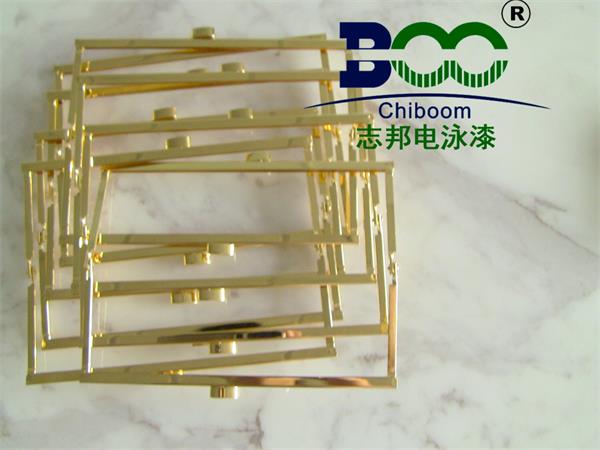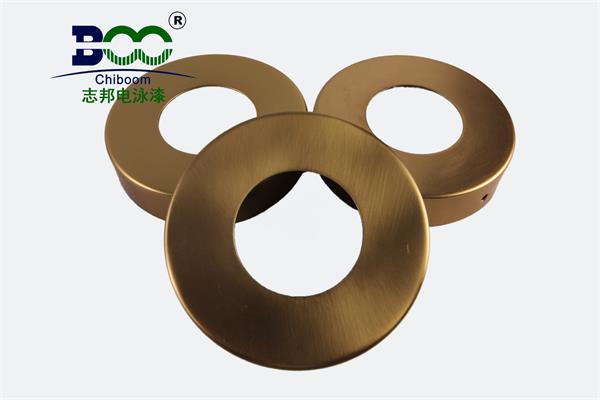Analysis of Common Issues in Electrophoretic Painting: A Comprehensive Exploration from Root Causes to Solutions
Electrophoretic paint, as a shining star in the field of modern industrial coating, plays a vital role in various sectors such as automobile manufacturing, furniture production, electronics, and construction, thanks to its exceptional corrosion resistance, superior decorative effects, and environmental friendliness. However, every technology encounters challenges in practical applications, and electrophoretic paint is no exception. This article will delve into several common issues encountered during the use of electrophoretic paint and provide a comprehensive analysis of root causes and solutions.
The common issues in electrophoretic paint mainly include paint film particles, pinholes, craters, uneven paint film thickness, and rough paint film. These problems not only affect the aesthetic appeal of the product but may also reduce its corrosion resistance and service life.
Firstly, paint film particles are a relatively common issue in the electrophoretic coating process. The occurrence of particles often stems from factors such as excessive color paste addition in the tank solution, the introduction of excessive impurity ions into the tank solution, precipitates or agglomerates in the electrophoretic tank solution, and poor coating production environments. To address this issue, it is necessary to strictly control the ratio of pigment to binder in the tank solution, enhance filtration and stirring of the tank solution, maintain a good environment around the electrophoretic coating production line, and regularly clean hanging fixtures and drying tunnels.

Secondly, pinhole problems cannot be ignored. Pinholes usually result from factors such as excessive impurities in the tank solution, lower application temperatures, insufficient solvent content, and charged workpieces entering the tank. To effectively solve this problem, routine testing of the tank solution should be conducted regularly, with strict control over the pH and conductivity of the tank solution. It is also important to ensure that the tank solution temperature is maintained within an appropriate range and to enhance circulation and stirring of the tank solution. Additionally, the production chain speed should be adjusted to ensure that workpieces undergo post-rinsing promptly after exiting the tank.
Craters often relate to factors such as an imbalance in the pigment-to-binder ratio of the tank solution, the presence of oily substances in the tank solution, and poor degreasing during workpiece pretreatment. To resolve this issue, the pigment-to-binder ratio of the tank solution should be adjusted to increase pigment content, filtration and degreasing treatment of the tank solution should be enhanced, and the degreasing process during workpiece pretreatment should be strengthened to ensure a clean, oil-free workpiece surface.
Uneven paint film thickness and rough paint film are also common issues in the electrophoretic coating process. These problems typically relate to factors such as the solid content, organic solvent content, application temperature, conductivity of the tank solution, and electrophoretic time. To address these issues, it is necessary to strictly control various parameters of the tank solution, such as solid content, organic solvent content, and conductivity, and to reasonably arrange the electrophoretic time. Simultaneously, stirring and filtration of the electrophoretic tank solution should be enhanced to ensure stable tank solution conditions.

Addressing common issues in electrophoretic paint requires comprehensive exploration from root cause control to solutions. Firstly, it is crucial to strengthen monitoring and management of the tank solution to ensure that its parameters remain within the normal range specified by the process. Secondly, the cleanliness and maintenance of the electrophoretic coating production line should be enhanced to ensure a good production environment. Finally, employee training and technical support should be strengthened to improve employees' proficiency in electrophoretic coating technology and ensure stable quality during the coating process.
In summary, electrophoretic paint, as an important technology in the field of modern industrial coating, boasts broad application prospects. However, common issues encountered during its use cannot be overlooked. By strengthening monitoring and management of the tank solution, maintaining a clean production environment, and enhancing employee training and technical support, we can effectively address common issues in the electrophoretic coating process, improving product quality and production efficiency.





 WeChat
WeChat